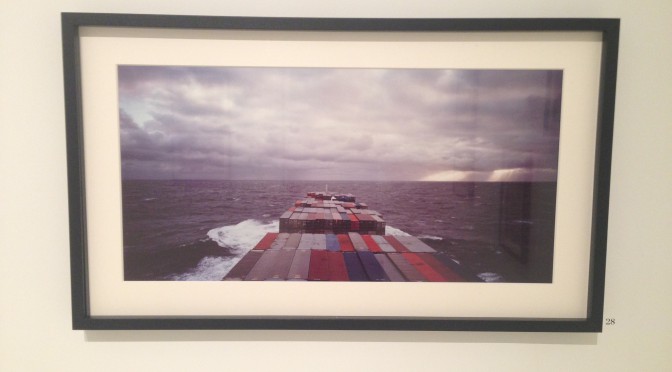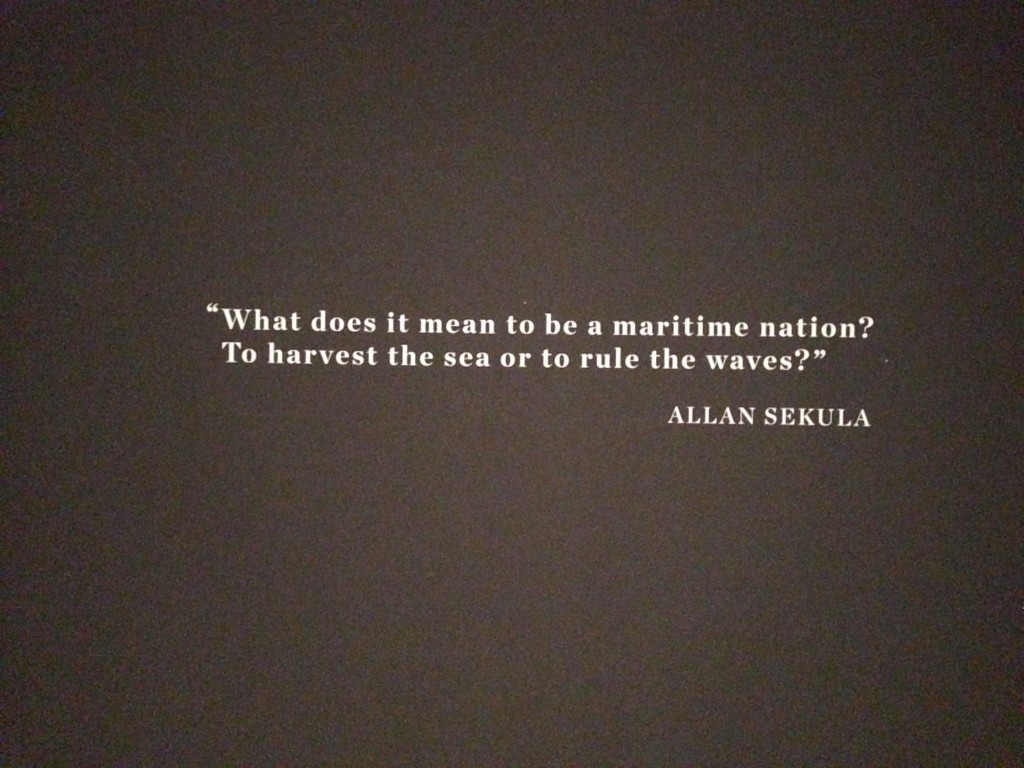In Allan Sekula’s Fish Story, he brings up very interesting topic about maritime and the sea. In an interview, Allan Sekula talk about how the sea is the reason for globalisation and expansion of the world through Trade.
Even though this interview was very insightful to what was on his mind when he created his work, I thought that I should go down to the CCA at Gillman to check things out myself. So I did. To think about trade in the 16th Century, we first need to understand the issue that Allan have bring up in his work.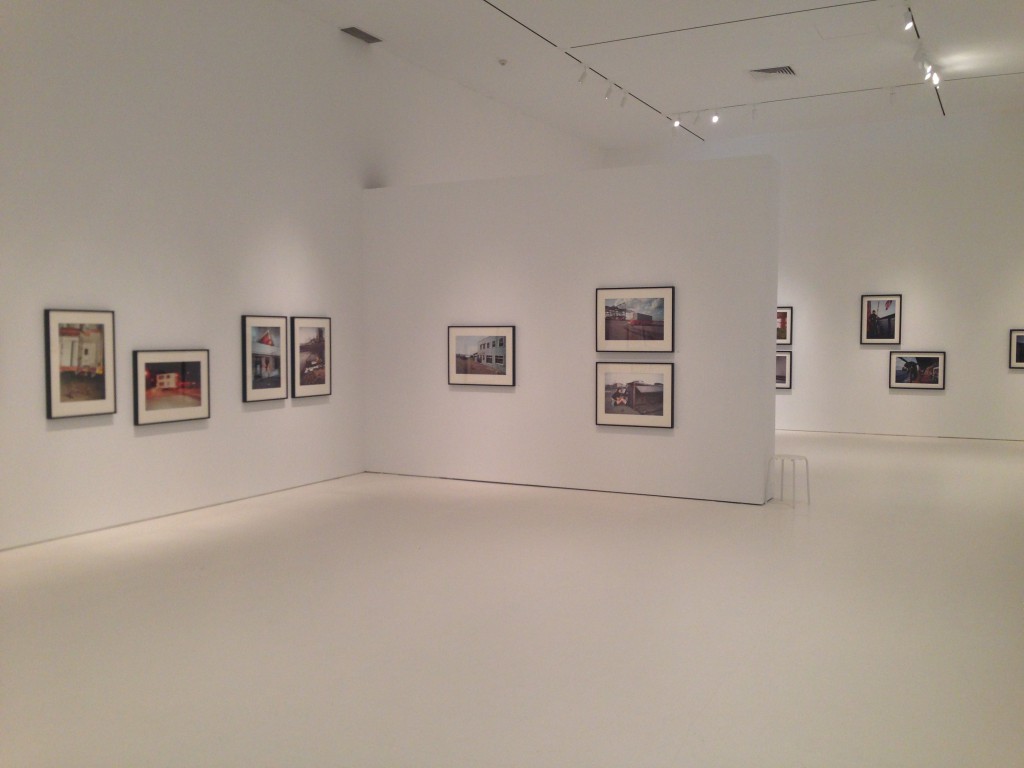
Fish Story is an extensive research that makes a clear point that the ocean and global maritime trade contribute substantially to the circulation of commodities and capital and it is an integral part of the capitalist market forces.
At the CCA, the exhibition not only show Fish Story but also juxtapose two other works titled ‘Lottery of The Sea’ and ‘The Forgotten Space’. I quite enjoy this idea as they are all somehow related in one continuous narrative. In the Forgotten Space, Allan reminds us that the Sea is indeed a forgotten space and is actually a space of economy and prosperity(thanks to trade), but at the same time, exploits the labourers who works in the maritime trade. Allan also bring up the subject of these containers that plays a huge revolutionary impact on the world economy. Container ships looks like mobile factory moving around in looking for cheap labor.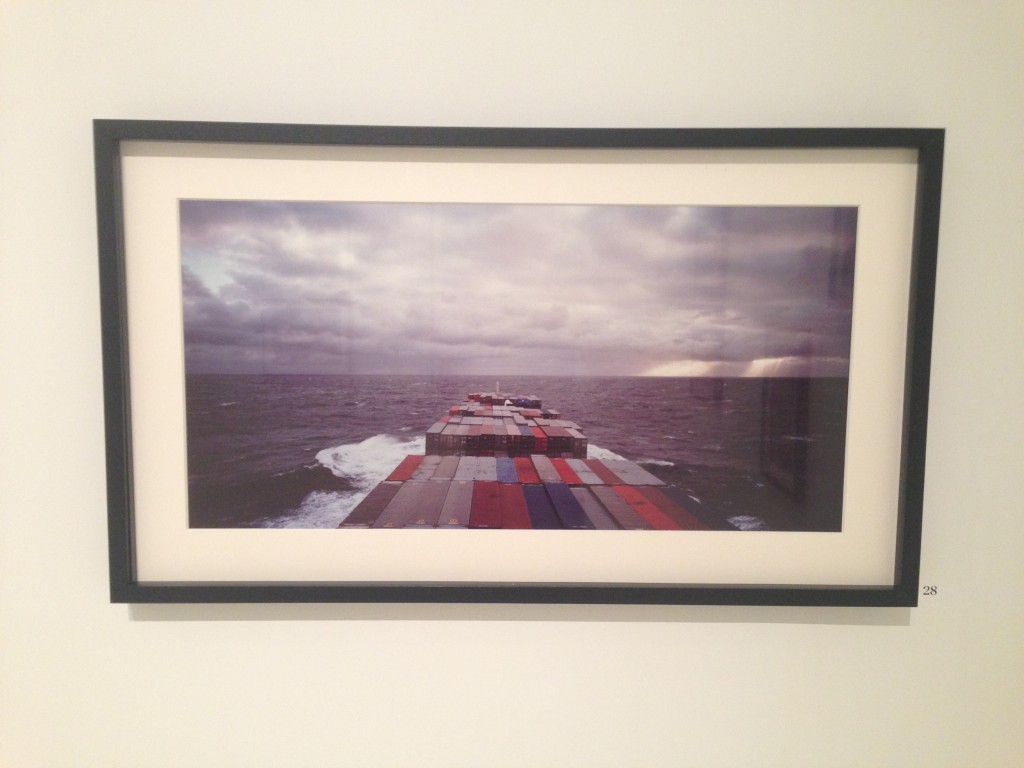
I agree with Allan in his work when he mention the sea as the Forgotten Space. It kinds tie in to how the world actually progress and discovered! Remember all those great explorer who goes out to in search of new land, it was through the sea and with trade happening across nation, thats what make a country prosper. The sea is what makes religion spread as well! 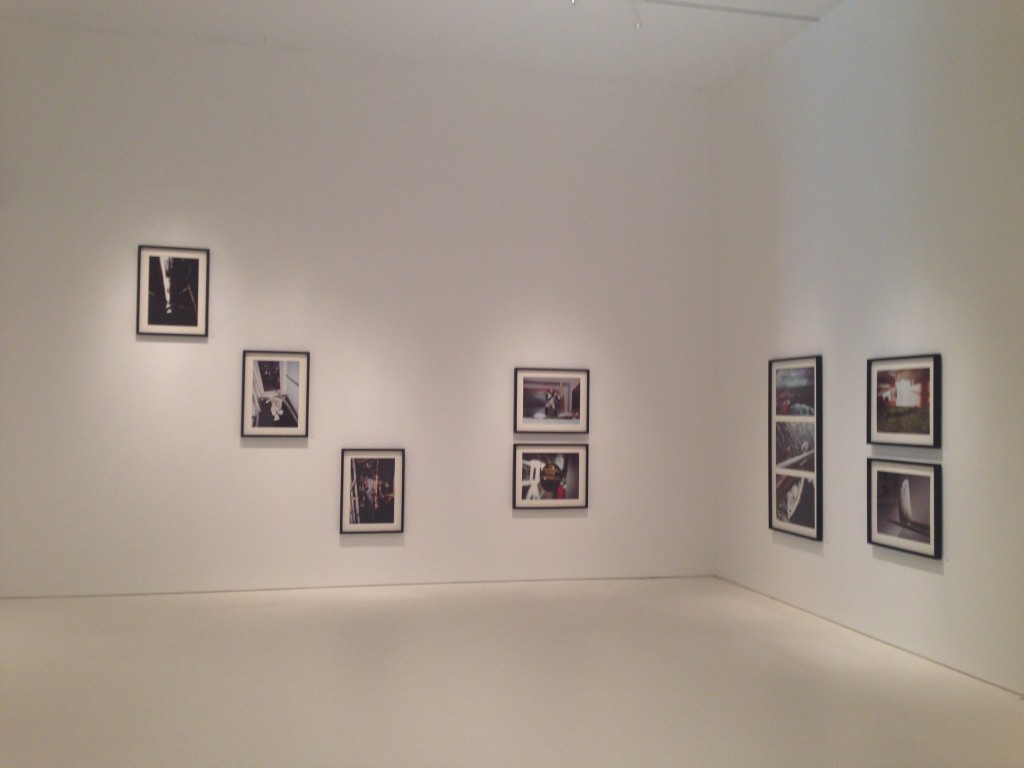
Knowing the condition of the maritime industry currently, I envision trade in the 16th century even harder! Firstly, the goods have to be pack and move in an orderly manner. There must be some standardise container to make trade more efficient. Secondly, most importantly, labor. Below, the Dutch employes labours from Africa as shown in the close up of the image. They are painted with a darker skin tone and can be seen climbing the ship and doing all the hard manual labor.

Arrival of a Portuguese ship, one of a pair (Nanban screens), Six panel folding screen, 1620–1640. Japan. Ink, colors, and gold on paper. Courtesy of the Asian Art Museum, The Avery Brundage Collection, B60D77+.
This goes to show that whatever the ship belongs to, they would actually hire people from outside their countries. Even chinese workers have been depicted in paintings. Even though these nambans screens are from the 17th century, I believe they are still relevant if we are talking about the 16th century.

Arrival of a Portuguese ship, one of a pair (Nanban screens), Six panel folding screen, 1620–1640. Japan. Ink, colors, and gold on paper. Courtesy of the Asian Art Museum, The Avery Brundage Collection, B60D77+.
I like this quote by Allan Sekula below. This simple thought shows a lot of how some country can fight over territorial of the sea.
I was watching The Forgotten Space at the CCA and there is this scene where they container is being operated by machines. It’s moving towards being automated and this is one of the worker said.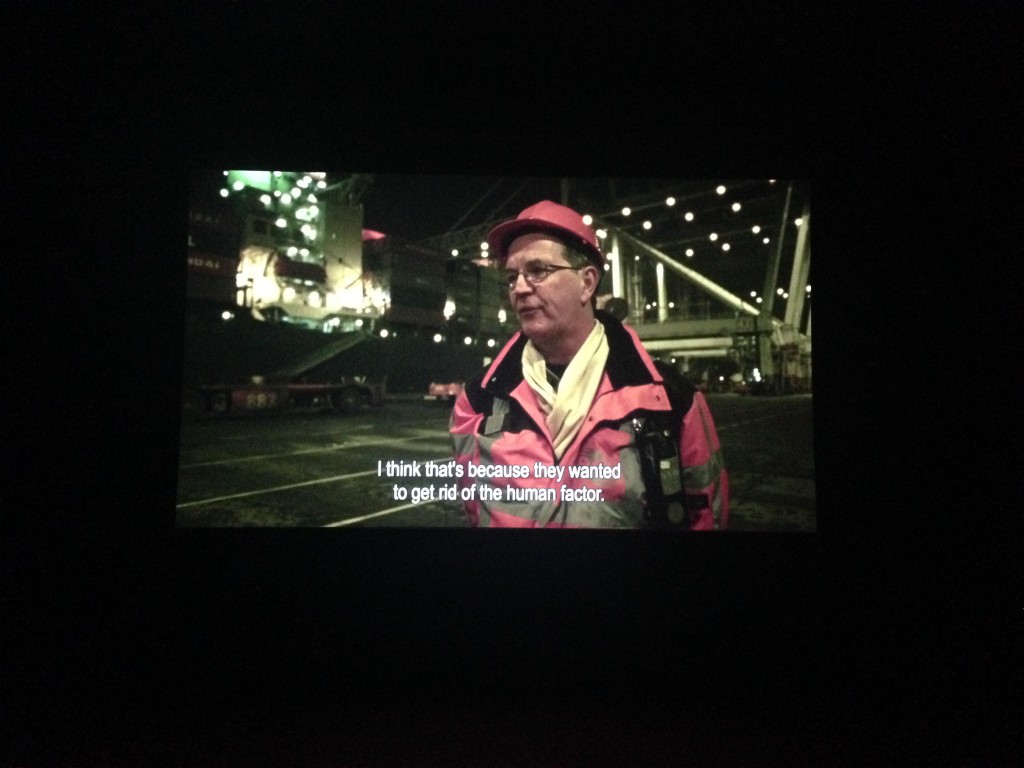
That is one scary thought. Regardless, labor is still needed in the maritime industry and they are the invisible hands that move the world economy.
